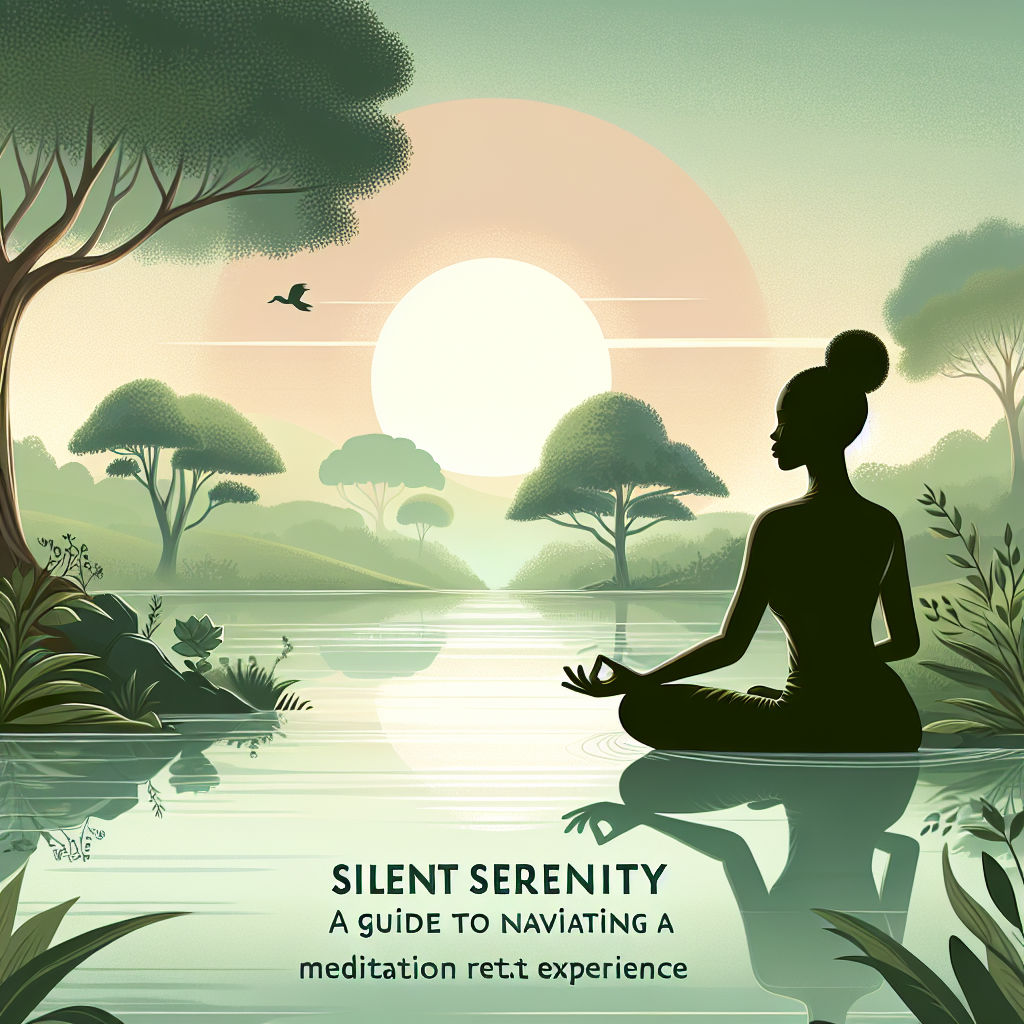meditation has been practiced for thousands of years as a way to help people find inner peace, connect with themselves, and cultivate overall well-being. In recent years, there has been a growing interest in mindfulness and meditation as tools to manage stress, anxiety, and improve mental health. As a result, the demand for qualified meditation teachers has also increased. If you are passionate about meditation and want to share its benefits with others, becoming a mindfulness master through meditation teacher training can be a fulfilling and rewarding path.
As a mindfulness master, you will not only deepen your own meditation practice but also learn how to effectively teach and guide others in their meditation journey. But before you can become a certified meditation teacher, there are essential steps you need to take to ensure your success in meditation teacher training.
1. Commit to Your Meditation Practice
The first step to becoming a mindfulness master is to commit to your own meditation practice. Meditation is a skill that requires consistency and dedication to develop. By establishing a regular meditation routine, you will deepen your understanding of the practice and be better equipped to guide others. Make meditation a priority in your daily schedule and set aside time each day to sit in stillness and cultivate mindfulness.
2. Seek Out Quality Meditation Teacher Training Programs
When choosing a meditation teacher training program, it is essential to do your research and find a program that aligns with your goals and values. Look for programs that are accredited by reputable organizations such as the International Mindfulness Teachers Association or the Center for Mindfulness. Consider factors such as program length, curriculum, teaching faculty, and cost when selecting a program.
3. Deepen Your Knowledge of Meditation
To become a mindfulness master, you need to have a deep understanding of the principles and practices of meditation. Take the time to study different meditation techniques such as mindfulness meditation, loving-kindness meditation, and body scan meditation. Attend workshops, retreats, and seminars to further your knowledge and experience in meditation.
4. Develop Your Teaching Skills
Being a mindfulness master not only requires a strong personal practice but also the ability to effectively teach and guide others. Take courses on meditation instruction, communication skills, and group facilitation to enhance your teaching abilities. Practice leading meditation sessions with friends, family, or colleagues to gain confidence in your teaching skills.
5. Cultivate Compassion and Empathy
As a mindfulness master, you will be working with individuals who may be struggling with stress, anxiety, or other mental health issues. It is essential to cultivate compassion and empathy towards your students and create a safe and supportive environment for them to explore their inner world. Practice active listening, non-judgment, and empathy in your interactions with others.
6. Establish a Meditation Practice for Yourself
In order to effectively teach meditation to others, it is important to have a strong personal meditation practice. Make time each day to sit in stillness and connect with yourself. Use meditation as a tool to cultivate self-awareness, inner peace, and emotional resilience. By embodying the principles of mindfulness in your own life, you will be better equipped to guide others on their meditation journey.
7. Stay Open to Continuous Learning
Becoming a mindfulness master is an ongoing journey of growth and self-discovery. Stay open to new ideas, perspectives, and experiences that can deepen your understanding of meditation and mindfulness. Attend workshops, conferences, and retreats to continue your education and connect with other meditation teachers and practitioners.
FAQs
Q: Do I need to have a regular meditation practice before enrolling in a meditation teacher training program?
A: While it is beneficial to have a personal meditation practice before enrolling in a meditation teacher training program, it is not a strict requirement. Many programs welcome individuals at all levels of meditation experience and provide the support and guidance needed to develop a regular practice.
Q: How long does it take to become a certified meditation teacher?
A: The length of time it takes to become a certified meditation teacher varies depending on the program you choose. Some programs can be completed in a few months, while others may take a year or more to complete. It is important to research different programs and find one that fits your schedule and timeline.
Q: What are the career opportunities for certified meditation teachers?
A: Certified meditation teachers have a variety of career opportunities available to them, including teaching group classes, leading retreats, offering private sessions, and working in wellness centers, spas, or yoga studios. Some meditation teachers also choose to incorporate mindfulness into their existing professions, such as counseling, coaching, or healthcare.
Q: Can I teach meditation online?
A: Yes, many certified meditation teachers offer virtual meditation classes and sessions through online platforms such as Zoom or Skype. Teaching meditation online can be a convenient and accessible way to reach a wider audience and connect with students from around the world.
In conclusion, becoming a mindfulness master through meditation teacher training requires dedication, commitment, and a passion for meditation. By taking the essential steps outlined in this article, you can set yourself on the path to becoming a certified meditation teacher and sharing the transformative power of mindfulness with others. Remember to stay open to continuous learning, cultivate compassion and empathy, and prioritize your own meditation practice to become a successful mindfulness master.




Leave A Comment